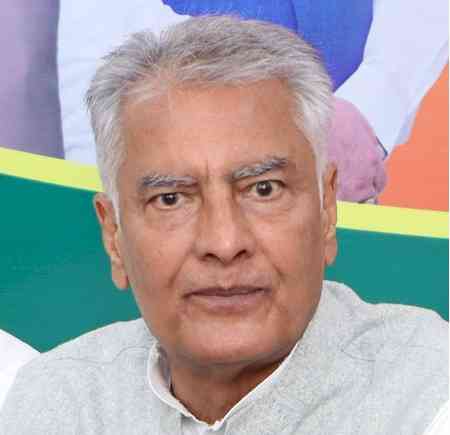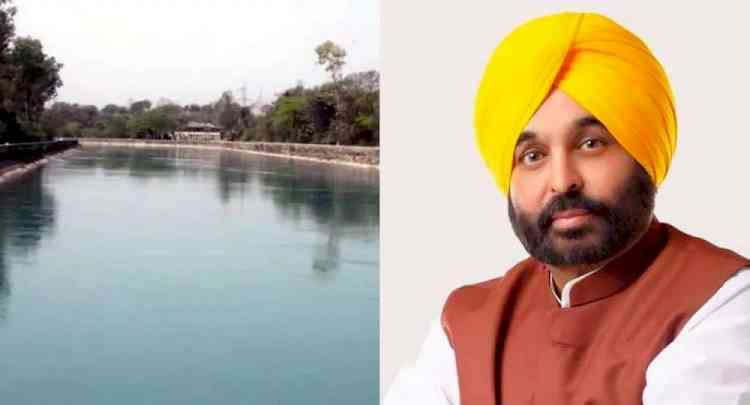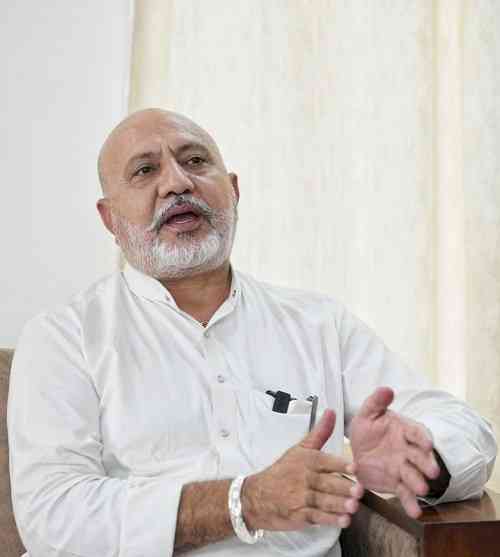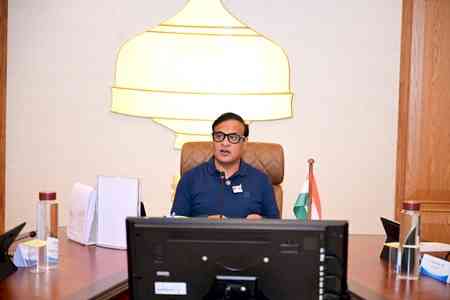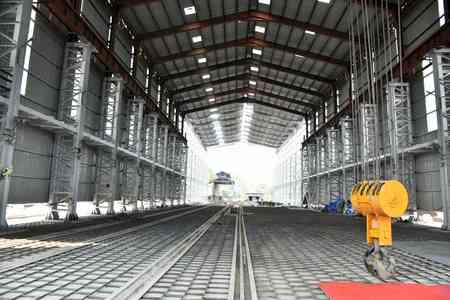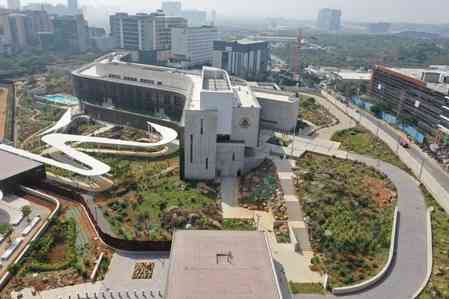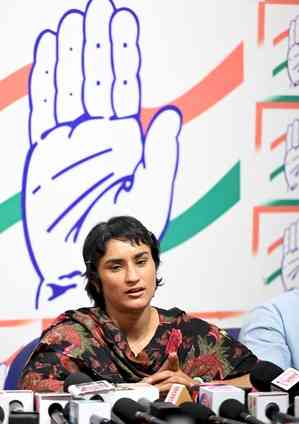Dr. Abhilaksh Likhi, Secretary of the Ministry of Fisheries, Interacts with Fish Farmers and Entrepreneurs in Fatehgarh Sahib
GoI Approves Saline Water Aquaculture Clusters in Sirsa (Haryana), Sri Muktsar Sahib (Punjab), and Churu (Rajasthan)
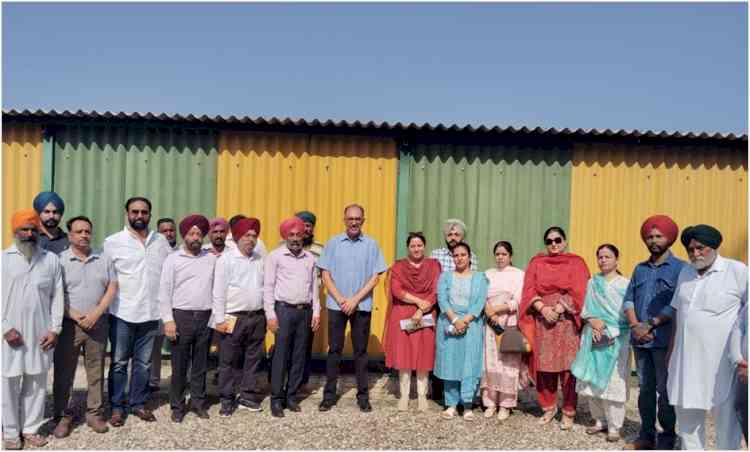
Fatehgarh Sahib/ Chandigarh, October 16, 2025: Dr. Abhilaksh Likhi, Secretary of the Department of Fisheries under the Ministry of Fisheries, Animal Husbandry and Dairying, visited Fatehgarh Sahib District, Punjab today and interacted with fish farmers and fisheries entrepreneurs to understand their challenges, particularly in Recirculatory Aquaculture Systems (RAS) and shrimp farming.
During the visit to modern RAS facilities at Daulatpur Village, Bassi Pathana, Dr. Likhi reviewed ongoing fisheries projects and activities being implemented under central schemes, including the Pradhan Mantri Matsya Sampada Yojana (PMMSY). He was briefed on innovative practices adopted by local farmers, who have successfully transformed wasteland into productive aquaculture hubs, generating employment and livelihood opportunities in the region. Around 35–40 progressive fish farmers participated in the interaction, sharing their experiences and insights.
Dr. Likhi emphasized the importance of technology-driven fish farming, capacity building of farmers, and species diversification to enhance income and strengthen rural livelihoods. He reiterated the Central Government’s commitment to supporting modern aquaculture practices through infrastructure development, innovation, and capacity enhancement under flagship fisheries programs.
This visit also highlighted the Government’s prioritization of saline water aquaculture in states like Punjab, Haryana, Uttar Pradesh, and Rajasthan. These regions, often affected by saline intrusion in agricultural lands, present unique opportunities for land-use optimization through aquaculture.
Background
India’s inland water resources remain vast and largely untapped. The country has 1.95 lakh km of rivers and canals, 6.06 lakh hectares of brackish water, 3.65 lakh hectares of beels and oxbow lakes, 27.56 lakh hectares of tanks and ponds, and 31.53 lakh hectares of reservoirs. These resources offer immense scope for sustainable inland fisheries development. Recognizing this potential, the Government of India has placed inland fisheries at the center of its strategic vision for the sector.
India’s inland fisheries sector has emerged as a cornerstone of national fish production, contributing 75% of total fish output. The sector includes a range of activities, including cold water fisheries and species diversification with species such as tilapia and pangasius.
In FY 2024–25, inland fish production stood at 139.07 lakh metric tonnes. Between 2013–14 and 2024–25, production surged by 142%, rising from 61 lakh tonnes to 147.37 lakh tonnes. This growth has propelled India’s total national fish production to 195 lakh tonnes, marking a 104% increase over the same period.
Under PMMSY, ₹3,300 crore has been invested nationwide in “Technology Infusion and Adoption” to harness inland fisheries and aquaculture potential. This has resulted in the establishment of 12,000 RAS units, 4,000 Biofloc systems, 59,000 cages, and 561 hectares of pen culture, elevating the national average aquaculture productivity to 4.77 metric tonnes per hectare.
Progress in Punjab
Punjab has made significant strides under PMMSY, attracting ₹187 crore in investment, including a central allocation of ₹72 crore. The state’s fish production target is 2.21 lakh tonnes, with actual production reaching 1.84 lakh tonnes in 2023–24. Modern aquaculture practices in Punjab have added nearly ₹500 crore to farmers’ incomes over the past five years, with fish production increasing by over 35,000 tonnes since 2020–21.
To make productive use of wastelands in Haryana, Punjab, and Uttar Pradesh, saline water aquaculture projects covering 263.80 hectares have been approved for FY 2024–25, with a budget allocation of ₹36.93 crore, exceeding the initial target of 200 hectares.
The approval and notification of saline water aquaculture clusters in Muktsar Sahib (Punjab) and Sirsa (Haryana) mark significant milestones. The Department of Fisheries, GoI, has also notified the development of saline water clusters in Sirsa (Haryana), Sri Muktsar Sahib (Punjab), and Churu (Rajasthan).


 City Air News
City Air News 
